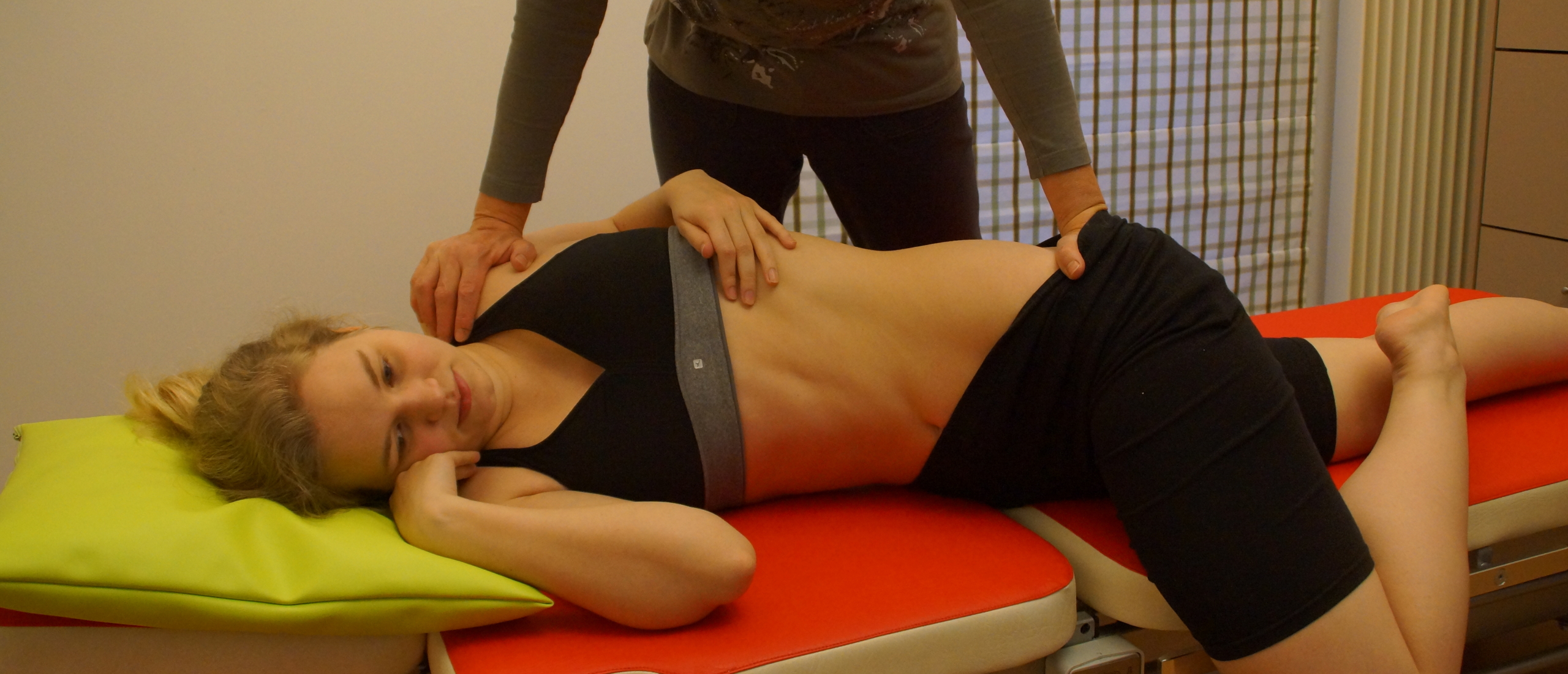
The "stretch" manipulation for the lumbar spine
How to perform the "stretch" manipulation technique in the lumbar spine
The so-called "stretch" manipulation is probably one of our most frequently used techniques in order to reduce an indicated lumbar internal derangement. Technically it is more challenging than you might suspect. Of course, besides the technical and diagnostic part, you need to respect all indications and contraindications before performing this manipulation. By the way, this is indeed a rather "aspecifc" maneuver ; the reality is that so-called "specific" manipulations in the lumbar spine are merely an illusion.
Most manipulation techniques in the lumbar spine are technically not so difficult to perform, but they can only be successful we respect the selection criteria. That's the difficulty: how can I know if this patient is suitable for manipulation or not? The answer lies in objective clinical reasoning and a correct interpretation of the clinical image. You would like to find out more? Join the Mastermind private training in orthopaedic medicine.
Technical details:
The couch is as low as possible.
Starting position : for a unilateral pain, the patient lies on the painless side.
For a central pain, he can lie on either side, or a choice is made according to which SLR is worse. The lower limb is extended, the upper limb is flexed, with the foot behind the back of the other knee.
Grip : one hand behind the greater trochanter with the fingers pointing downwards, the other hand at the front of the shoulder with the fingers pointing upwards. The therapist’s feet are apart. There are three components : first shoulder and pelvic rotation, both rotations being equal. Then the therapist adds a longitudinal taking up of the slack rising on tiptoe and using his body weight exactly above the patient’s trunk with his arms extended. This taking up of the slack is followed almost immediately by the manipulative thrust : while maintaining the distraction, part of his body weight is used as a pelvic swing in a longitudinal direction. In the nuclear variant of the stretch no thrust is given ; the patient remains up to some fifteen seconds in the distracted position, and after 2-3 times the effect is assessed. The manoeuvre can then be repeated. Remark : experience shows that not every patient responds well to the stretch manoeuvre with the painful side upwards.
Occasionally, opening the painless instead of the painful side can be more efficient. The reason is unclear ; we think that the pressure forces within the disc could play an important part in this. In fact, during manipulation we change the intra discal pressure allowing a reduction to take place.
